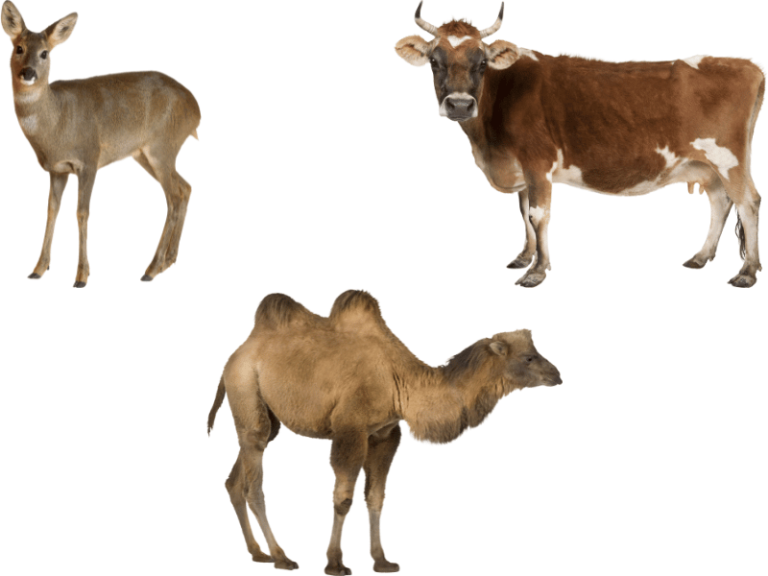Every animal has its own characteristics, for example, sheep and dogs. We would never mistake a sheep for a dog or a dog for a sheep.
However, there is one animal that is difficult to name, and this is what we call the “Sibuxiang” (Four Not Alike).
In zoology, the Sibuxiang is a mammal belonging to the deer family of the order Artiodactyla, so it is also called the milu or Père David’s deer.
Why is it called the Sibuxiang? Because its body and tail resemble a horse, its hooves resemble those of a cow, its neck resembles a camel, and its antlers resemble a deer. Therefore, it is called the “Sibuxiang.”
The Sibuxiang was originally a native Chinese animal. Archaeological evidence suggests that its original habitat was in the regions of Henan, Hebei, Shandong, and Anhui. During the Qing Dynasty, many of these animals were kept in the royal hunting grounds at Nanhaizi in Beijing’s southern suburbs. However, due to the political corruption of the late Qing Dynasty and continuous natural disasters and wars, most of the Sibuxiang perished. Only a few were looted by foreign powers and ended up abroad, leaving none in their native China. Many years later, after much effort and negotiation, a few were finally brought back from abroad. These few Sibuxiang ended their wandering and returned to their homeland.

